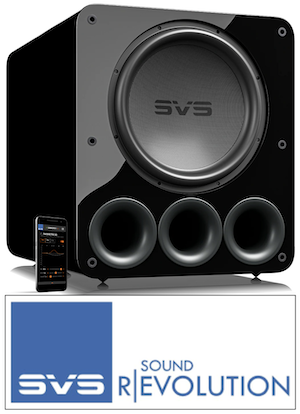More
- Preamp, Processor or Receiver
- marantz NR1711
- Universal / Blu-ray / CD Player
- LG BP335W Region Free
- Front Speakers
- RS Minimus 7
- Center Channel Speaker
- RS Minimus 7 x 2 wired in series
- Surround Speakers
- RS Minimus 7
- Surround Back Speakers
- TEAC LS-MC85
- Subwoofers
- Martin Logan 2x 800x
- Other Speakers
- Triamped Eminent Tech LFT-8b music.
- Screen
- LG 65" OLED
- Remote Control
- TOO Many!
- Other Equipment
- VPI bricks, Transparent Link cables, De Mat Disc
@ linear phase:
Perhaps it's a matter of conditioning or definition.
Since I was a toddler, I was exposed to live performances by military bands, my mother was a pianist, my father's mono HiFi used a University tri-axial, as a former recording engineer and most recently technical director for a live performance music production non-profit, I've spent a lifetime in live music.
Since the 1970's accurate sound stage reproduction has driven my loudspeaker choices. Early compressed audio ala iPod not played mono on poor systems would make me nauseous.
When I visit audio emporia in large cities, I appalled at the near total lack of coherence even in the most expensive systems. FR is fine but Miles plays a two-foot-wide trumpet and Philly Joe plays a 3-foot hat in the fog in a room with no walls.
If you can't walk up and sit in, clarity is just wishful thinking.
Perhaps it's a matter of conditioning or definition.
Since I was a toddler, I was exposed to live performances by military bands, my mother was a pianist, my father's mono HiFi used a University tri-axial, as a former recording engineer and most recently technical director for a live performance music production non-profit, I've spent a lifetime in live music.
Since the 1970's accurate sound stage reproduction has driven my loudspeaker choices. Early compressed audio ala iPod not played mono on poor systems would make me nauseous.
When I visit audio emporia in large cities, I appalled at the near total lack of coherence even in the most expensive systems. FR is fine but Miles plays a two-foot-wide trumpet and Philly Joe plays a 3-foot hat in the fog in a room with no walls.
If you can't walk up and sit in, clarity is just wishful thinking.












